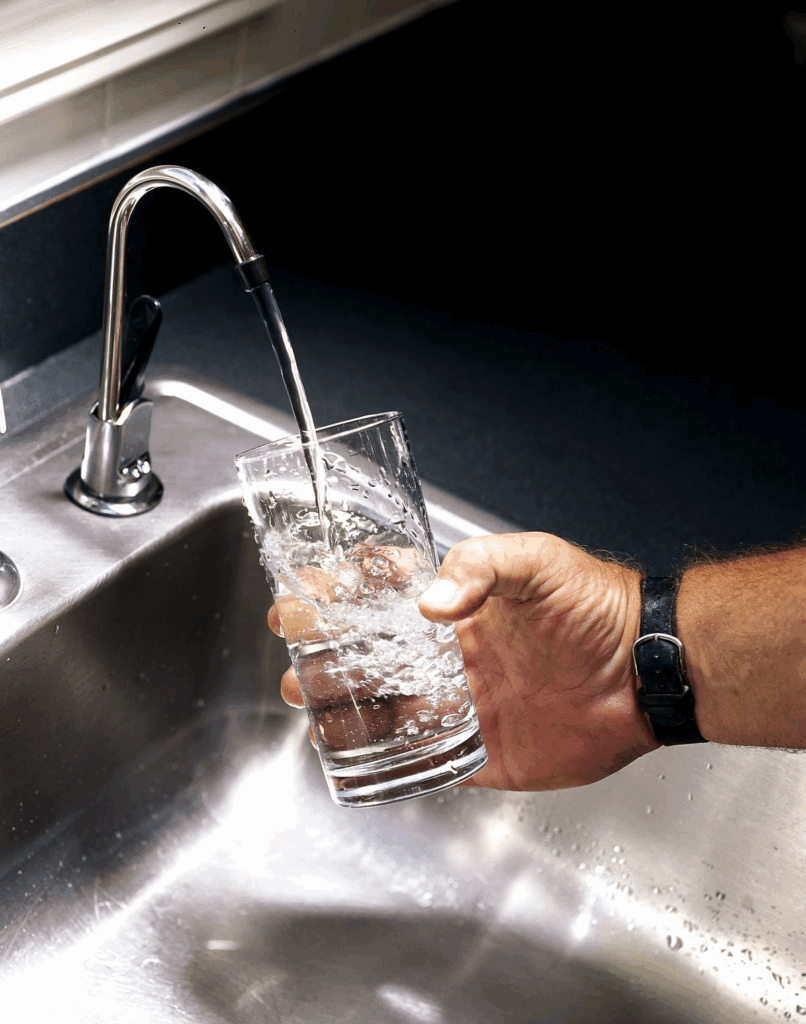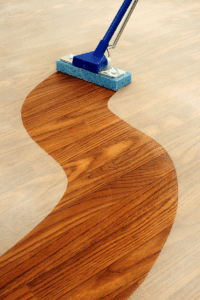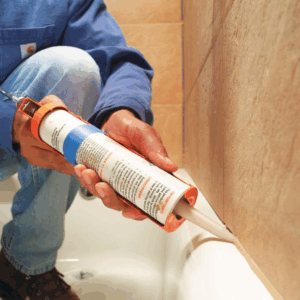Clean, great-tasting water straight from the tap is something every Canadian homeowner wants. While municipal water is generally safe, you may still notice chlorine taste, sediment, or concerns about aging pipes. Bottled water is expensive – and creates plastic waste – so many families are turning to faucet water filters as an easy and affordable solution.
This 2025 buyer’s guide will walk you through what faucet filters are, how they work, which technologies are worth your money, and how to pick the right one for your home.
What Exactly Are Faucet Water Filters?
A faucet filter is a compact device that attaches directly to your kitchen sink spout. With a flip of a switch, water flows through a cartridge packed with filtration media, removing chlorine, sediment, and in some cases, heavy metals. You get instant filtered water for drinking and cooking, while still being able to switch back to unfiltered water for tasks like washing dishes.
Think of faucet filters as a middle ground: more effective than a pitcher, but less expensive and less invasive than under-sink or whole-home systems.
Why Canadian Families Choose Them
Adding a faucet filter may seem like a small change, but the benefits show up every day:
- Better Taste and Smell – Filters reduce chlorine and other chemicals that can make tap water smell or taste off.
- Lower Costs – Replacing bottled water with filtered tap saves hundreds of dollars annually.
- Convenience – No waiting for a pitcher to fill or space wasted in the fridge.
- Peace of Mind – Certified filters can reduce contaminants like lead from older pipes, which Health Canada notes is still a concern in some communities. According to the Health Canada Guidelines for Canadian Drinking Water Quality, the maximum acceptable concentration for lead in drinking water is 0.005 mg/L (5 µg/L).
How the Different Filter Technologies Compare

Not all faucet filters work the same way. Here’s a quick breakdown:
| Technology | Primary Function | Effectiveness | Typical Cost |
| Activated Carbon | Reduces chlorine, pesticides, sediment, taste, and odour | High for aesthetic issues (taste, smell) | Low – most budget-friendly |
| Ion Exchange | Softens water; reduces heavy metals like lead, mercury | High for targeted heavy metals | Medium |
| Multi-Stage | Combines carbon, ion exchange, and sometimes extra layers | High across a broad spectrum | Medium to High |
For most households, an activated carbon or multi-stage filter strikes the best balance between cost and performance.
Choosing the Best Affordable Filter in 2025
When you start shopping, the variety of models can feel overwhelming. Here are the top things to check:
- Look for Certification: Always check for NSF International or equivalent certification. The NSF/ANSI Standards for Water Treatment Systems explain that NSF/ANSI 42 pertains to aesthetic impurities (taste, odour, chlorine), while NSF/ANSI 53 covers more serious health-related contaminants like lead or cysts.
- Check Filter Lifespan and Replacement Cost: A faucet filter may only cost $40-$60 upfront, but replacement cartridges add up. Most last around 100 gallons (about 2-3 months). Multiply replacement costs by four or five to see the real annual expense.
- Confirm Faucet Compatibility: These filters generally fit standard faucets, but not pull-out or spray-style models. Double-check the product specs before you buy.
- Match to Your Water Concerns: If your main issue is chlorine taste, NSF/ANSI 42 is enough. For older homes where lead pipes may still be present, make sure the model is certified to reduce lead (NSF/ANSI 53). In Alberta and elsewhere, health authorities follow Health Canada’s guideline of 5 µg/L (0.005 mg/L) for lead in drinking water.
Mistakes to Avoid
Even the best faucet filter won’t do its job if it’s used incorrectly. Steer clear of these common slip-ups:
- Forgetting to Change the Cartridge – A clogged filter not only stops working, it can also breed bacteria.
- Assuming All Filters Remove the Same Things – Some improve taste but don’t touch lead or mercury. Always read the certification.
- Running Hot Water Through the Filter – Heat can damage the filter media and release trapped contaminants. Stick to cold water.
Discussion: Faucet Filters vs. Water Filter Pitchers
Both options improve your drinking water, but the way they fit into daily life is different:
| Option | Pros | Cons |
| Pitchers | Portable, fridge-friendly, no installation | Small capacity, slow filtering, fridge space required |
| Faucet Filters | Unlimited on-demand water, higher capacity, no fridge clutter | Not portable, may not fit all faucets |
If you want cold, portable water for a dorm or office, a pitcher makes sense. But for everyday kitchen use, faucet filters win for convenience and capacity.

Quick Checklist Before You Buy
- Read your municipality’s water quality report.
- Decide your top concern (taste, chlorine, lead, or all of the above).
- Check for NSF/ANSI certification.
- Compare replacement filter lifespan and costs.
- Measure your faucet for compatibility.
Frequently Asked Questions (FAQ)
1. What should I consider when buying affordable faucet water filters?
Focus on three key areas: third-party certification (like NSF) to verify contaminant-reduction claims, the long-term cost of replacement filters, and compatibility with your existing kitchen faucet.
2. How do I choose the best filter for my specific needs?
First, try to identify what’s in your local water by checking your municipality’s water quality report. If you are concerned about lead due to an older home, prioritize a filter certified under NSF/ANSI 53 for lead reduction. If your main goal is better taste, an NSF/ANSI 42 certified filter will suffice.
3. What are the advantages and disadvantages of faucet water filters?
The main advantages are on-demand convenience, a relatively low initial cost, and easy installation. The disadvantages include the need for regular filter replacements, a slight reduction in water flow when filtering, and incompatibility with some modern faucet designs.
Conclusion

For homeowners seeking a practical and budget-friendly way to get cleaner, better-tasting water, affordable faucet water filters are an excellent choice. By focusing on certified performance rather than just price, you can find a reliable device that addresses your specific water quality concerns. As you make your decision in 2025, use this guide to evaluate your options, avoid common pitfalls, and confidently select a filter that will provide healthy and refreshing water for you and your family right from the tap.




